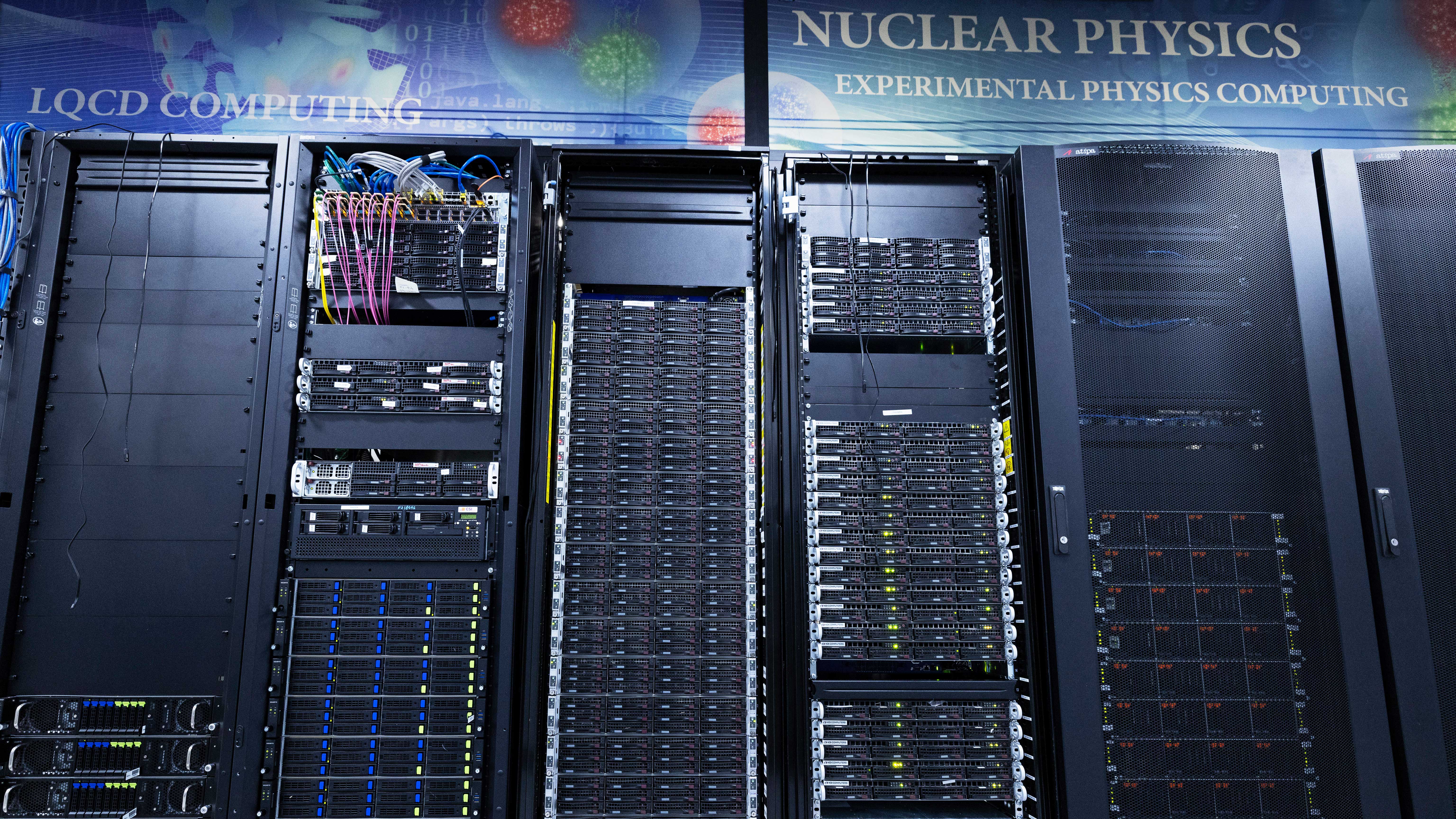Deep inside what we perceive as solid matter, the landscape is anything but stationary. The interior of the building blocks of the atom’s nucleus — particles called hadrons that most of us would recognize as protons and neutrons — are made up of a seething mixture of interacting quarks and gluons, known collectively as partons. The HadStruc collaboration has now come together to map out these partons and disentangle how they interact to form hadrons. Their latest findings were recently published in the Journal of High Energy Physics.


